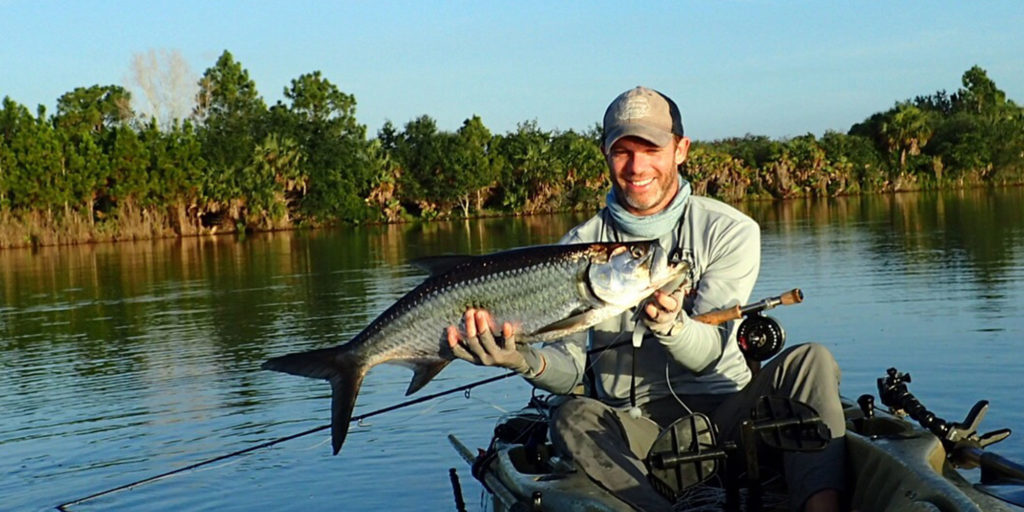The tarpon are back in Tampa Bay, and they are ready to make their first splash of summer. We sat down with Parker Rabow, director and founder of Fantasy Fishing Camp in Tampa, to find out the best ways to hook these silver kings of Florida game fishing.
THE BEGINNING OF TARPON SEASON
PARKER RABOW: “On the beach, it’s going to heat up around May through July. Then other places in the bay heat up after that. The water needs to be above 70 degrees.”
BEST METHODS FOR CATCHING TARPON IN TAMPA BAY
“There are lots of different styles of tarpon fishing. The best way to describe it is ‘shallow fishing,’ where you can see them coming and you sight-fish, and ‘deep fishing,’ where you typically use live bait and are just drifting in a pass.”
DEEPWATER FISHING
“A lot of people will go in Egmont Channel off St. Pete Beach and fish near Anna Maria Island and Boca Grande Pass. You’ll see tarpon ‘rolling,’ but you’re not really sight-fishing. You’re either anchored or drifting and you have a few lines out, waiting for a bite.”
FISHING ON THE SHORE
“Fort DeSoto, St. Pete Beach, Clearwater, Honeymoon Island, Captiva, Caladesi Island and Anclote all have these big sandbars that extend way out into the gulf. You’ll see the tarpon coming from a distance and swim right by you. It’s like watching a tree trunk come down the beach.”

“BOWING TO THE KING”
“When the tarpon jump — and they do jump — you’re having a 150-pound fish completely come out of the water and do somersaults and flips all over the place. The weight of a 150-pound fish crashing back down will snap your line. If you ‘bow’ and point your rod at the fish and you put a little slack in the line, it doesn’t snap. When you first hook one, you have to be ready to put a little slack in the line. They’re going to jump immediately.”
TARPON FISHING ETIQUETTE
“Different areas have different etiquette, which is very important when tarpon fishing. There are a lot of people out there, and you can’t be drifting while everybody’s anchored, or have someone anchor in the middle of all these people drifting, because then it’s going to disrupt the fish.”
RETURNING TARPON
“They’re not good to eat, and you’re not allowed to keep them. There are $50 tags that you can buy if you wanted to ‘harvest’ a fish, which is to keep it and kill it. That’s only for world-record purposes, but no one really does that. In fact, the world-record tarpon was caught two years ago in Anna Maria, but [the people who caught it] didn’t submit it. They had the opportunity to be the world-record holders, and they decided they would rather let the fish live, which is really cool.”



